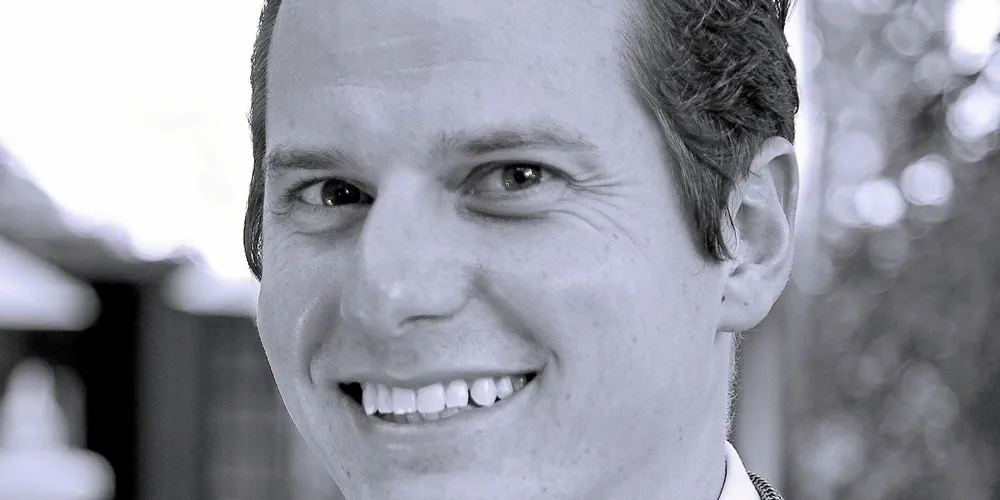New-look carbon-glass rotor blades to 'dominate' cost-conscious wind market
Research from IntelStor points to hybrid material designs as key as on- and offshore models grow longer through the decade

Research from IntelStor points to hybrid material designs as key as on- and offshore models grow longer through the decade
